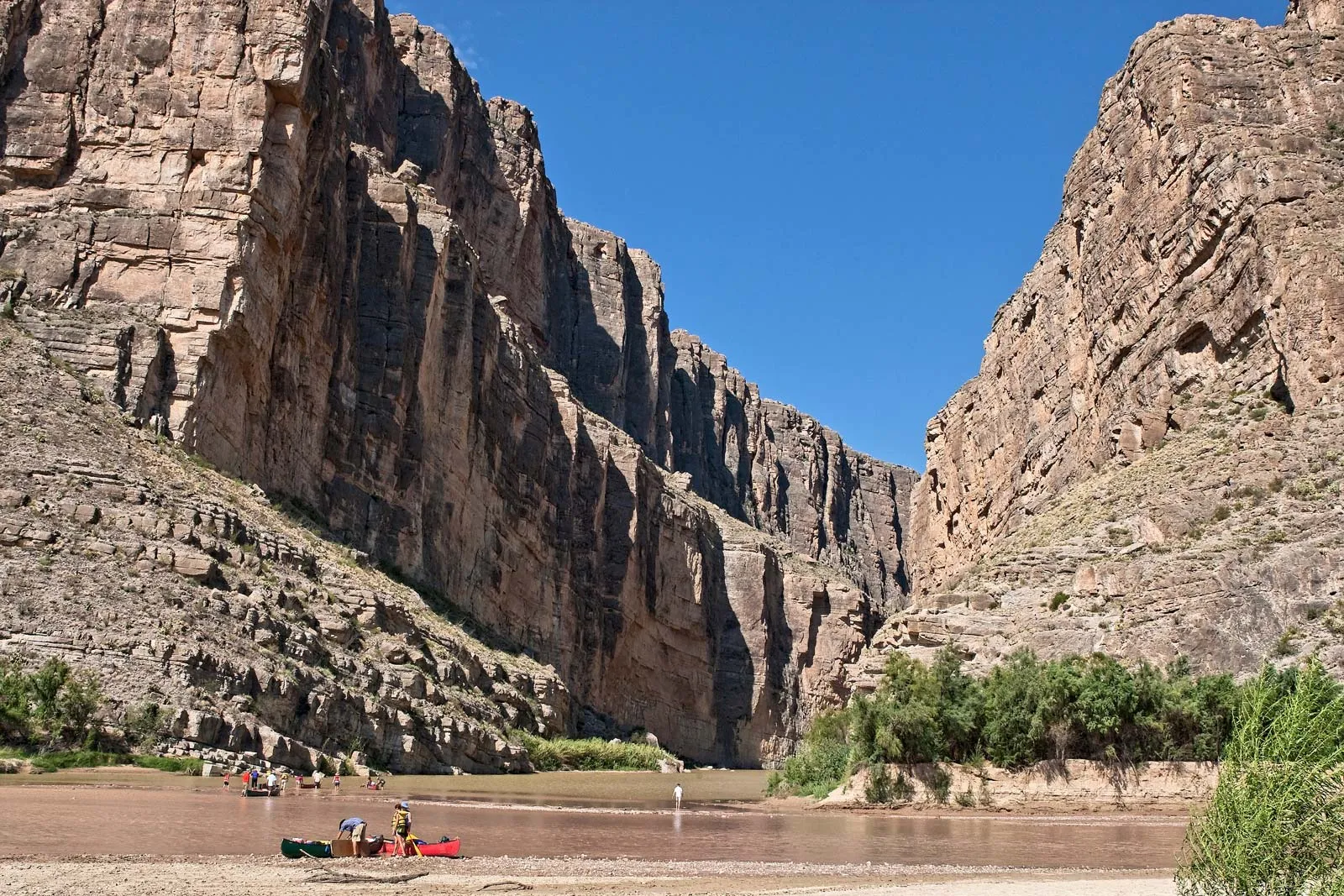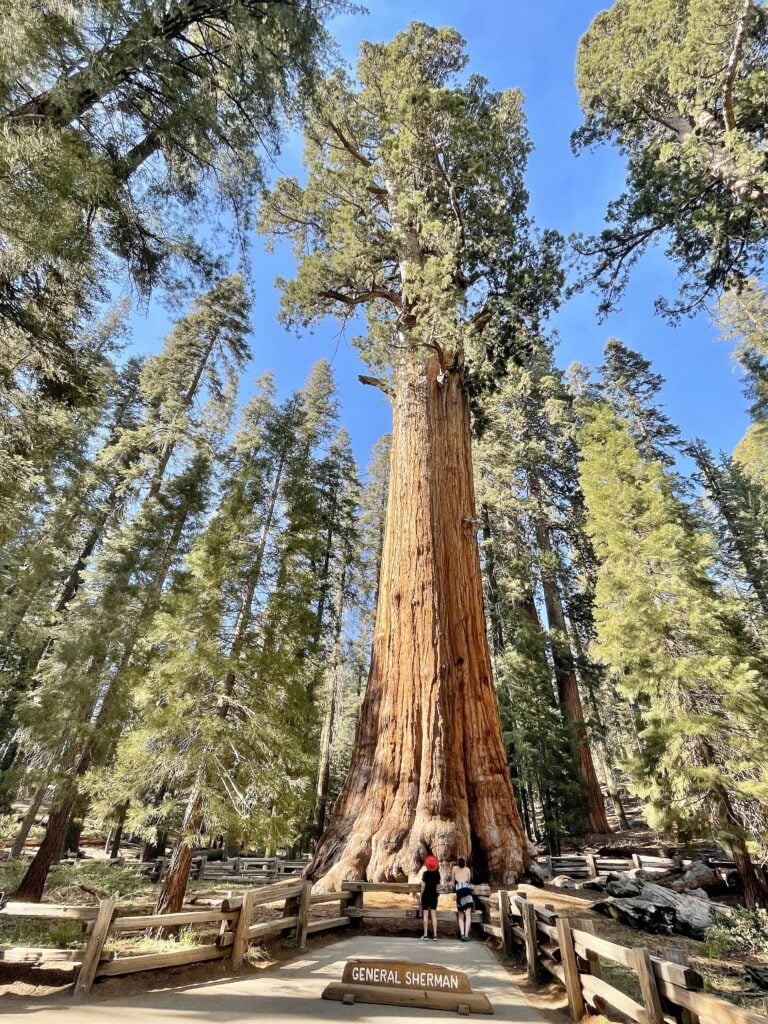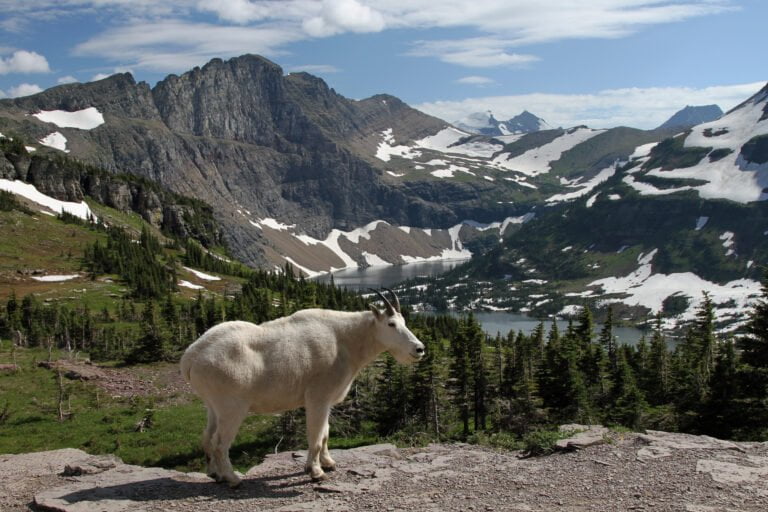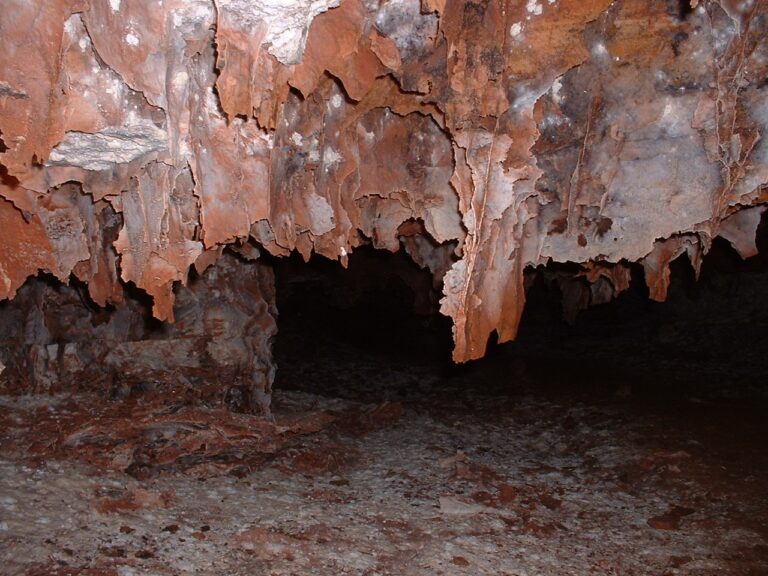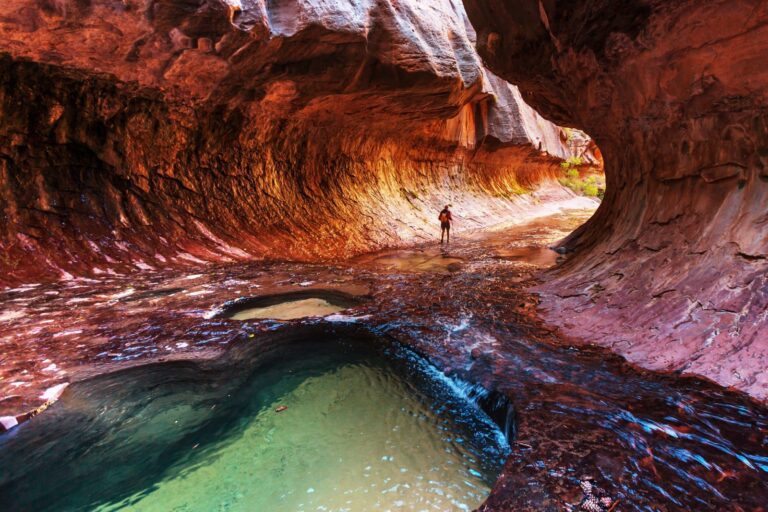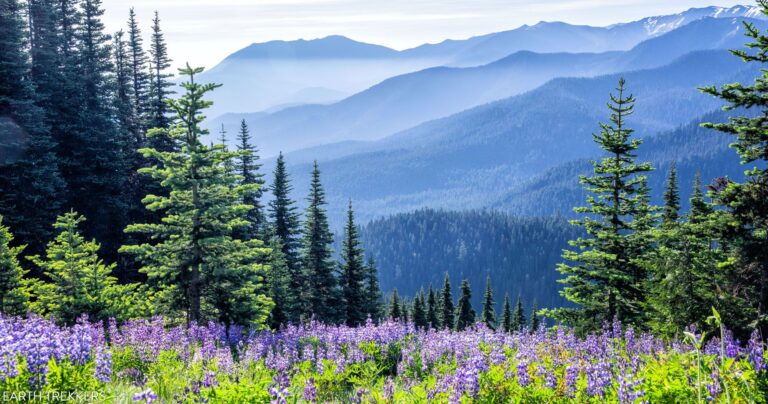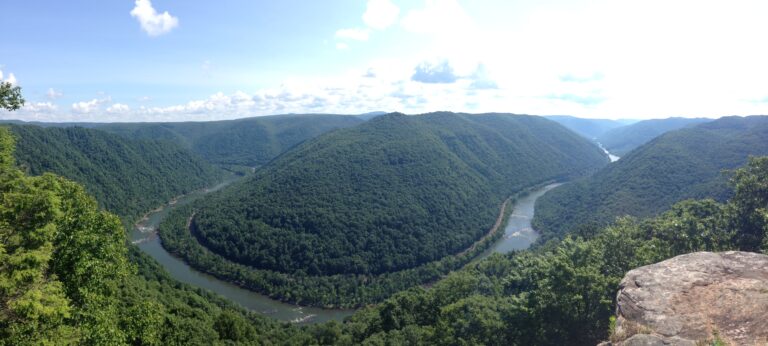Big Bend National Park
Big Bend National Park, situated in Texas, is a breathtaking destination with an expanse of 801,163 acres of awe-inspiring landscapes and diverse wildlife. Established in 1944, this national park draws around 581,000 visitors annually, seeking to immerse themselves in the wonders of nature. However, it’s important to understand the recent changes in the state’s firearms laws and the regulations that still apply within the park to ensure a safe and enjoyable visit.
Understanding the New “Open-Carry” Law in Texas
On September 1, 2021, Texas implemented a new “open-carry” law, permitting the open carry of firearms within the state, including national parks like Big Bend. Despite this new legislation, it’s crucial to be aware of the federal laws that remain in effect within the park to preserve its natural beauty and protect visitors and wildlife.
Prohibited Activities with Firearms in Big Bend National Park
To maintain the safety and integrity of Big Bend National Park, certain regulations still apply:
Discharge or Use of a Firearm
The discharge or use of firearms is strictly prohibited within the park’s boundaries. This measure ensures the safety of both visitors and the park’s wildlife.
Capturing, Killing, or Hunting Animals
Hunting and trapping are not allowed within Big Bend National Park. Preserving the delicate balance of the ecosystem is essential for the thriving wildlife that calls this area home.
Causing Animal Pain, Distress, or Death
Intentionally causing harm to animals is against park regulations. Visitors should appreciate and respect the natural habitat of the park’s diverse species.
Causing Damage to Archaeological Sites, Natural Landscapes, or Resources
Big Bend National Park is home to historical and natural treasures. Damaging or defacing these sites is strictly prohibited.
Carrying Guns on Federal Property
Firearms, including those subject to gun laws, are not allowed on federal property within the park, including visitor centers, ranger stations, and government offices.
Threatening Public Safety or Triggering Emergency Response
Brandishing a weapon or engaging in activities that threaten public safety may lead to emergency responses and is therefore prohibited.
Discovering the Diversity of Big Bend National Park
Beyond the firearms regulations, Big Bend National Park is a natural wonder that captivates visitors with its remarkable biodiversity:
Flora and Fauna
The park’s landscape is a beautiful blend of the Chihuahuan Desert and the Rio Grande, where mesquite and cottonwood trees thrive. Various species, including the roadrunner, coyote, collared peccary, and tricolor heron, inhabit the area. However, visitors should be cautious about the presence of scorpions in certain locations.
Fossil Discoveries
Big Bend also boasts a wealth of fossilized remains, offering a fascinating glimpse into prehistoric times. Fossils of the massive alligatoroid, the flying pterosaur, saber-toothed cats, and mammoths can be found in the park’s Fossil Discovery Exhibit.
Ideal Time to Visit
The best times to visit Big Bend National Park are from March to May and September to October. The weather is pleasant during these periods, making outdoor activities more enjoyable.
Visitor Fees and Annual Pass Options
To access the park, visitors are required to pay the following fees:
- $15.00 per person/cyclist for up to 7 days
- $30.00 per vehicle for up to 7 days
- $25.00 per motorcycle for up to 7 days
- $55.00 for the Big Bend Annual Pass
For those planning to visit multiple national parks throughout the year, the America The Beautiful Annual Park Pass is an excellent option. Priced at $80, this pass grants entry to all U.S. National Parks for the pass holder and accompanying friends. Additional discounts are available for seniors, military personnel, and others.
Visitor Centers
Big Bend National Park offers several visitor centers to assist and educate visitors:
Panther Junction Visitor Center
- Address: 310, Alstate Ave, Big Bend National Park, TX 79834
- Phone Number: (432) 477-2251
- Hours of Operation: Daily 8:30 AM–5:00 PM
Chisos Basin Visitor Center
- Address: 142 Chisos Basin Rd, Big Bend National Park, TX 79834
- Hours of Operation: Daily 8:30 AM–4:00 PM
Castolon Visitor Center
- Address: 600, Ross Maxwell Scenic Dr, Big Bend National Park, TX 79834
- Hours of Operation: Daily 10:00 AM–4:00 PM
Persimmon Gap Visitor Center
- Address: Hwy 385 Main Park Rd, Alpine, TX 79830
- Hours of Operation: Daily 10:00 AM–4:00 PM
Rio Grande Village Visitor Center
- Address: National Park, 450 Rio Grande Road, Big Bend National Park, TX 79834
- Hours of Operation: Daily 9:00 AM–4:30 PM
Before planning your visit, ensure to check for seasonal closures to these visitor centers.
Conclusion
Big Bend National Park is an extraordinary destination that offers visitors a chance to connect with nature and explore its unique ecosystems. While Texas now allows open carry of firearms, visitors must adhere to the park’s regulations to preserve its natural beauty and protect its diverse wildlife.
With its stunning landscapes, rich history, and thriving flora and fauna, Big Bend is a must-visit destination for nature enthusiasts and adventurers alike.
FAQs;
Q1: Can I carry firearms within Big Bend National Park?
Yes, Texas allows open carry of firearms within the park, but certain federal laws prohibit specific activities.
Q2: Are hunting and trapping permitted in Big Bend National Park?
No, hunting and trapping are strictly prohibited within the park.
Q3: What is the best time to visit Big Bend National Park?
The best times to visit are between March to May and September to October.
Q4: How much are the visitor fees for Big Bend National Park?
The fees vary depending on the mode of transportation and duration of visit, ranging from $15 to $55.
Q5: Is there an annual pass option for multiple national parks?
Yes, the America The Beautiful Annual Park Pass allows access to all U.S. National Parks for $80 and offers discounts for certain groups.
Q6: What is the best month to visit Big Bend National Park?
The best time to visit Big Bend is typically during the spring (March-May) or fall (September-November). Spring offers pleasant temperatures and the chance to see wildflowers blooming. Fall has mild weather without intense summer heat.
